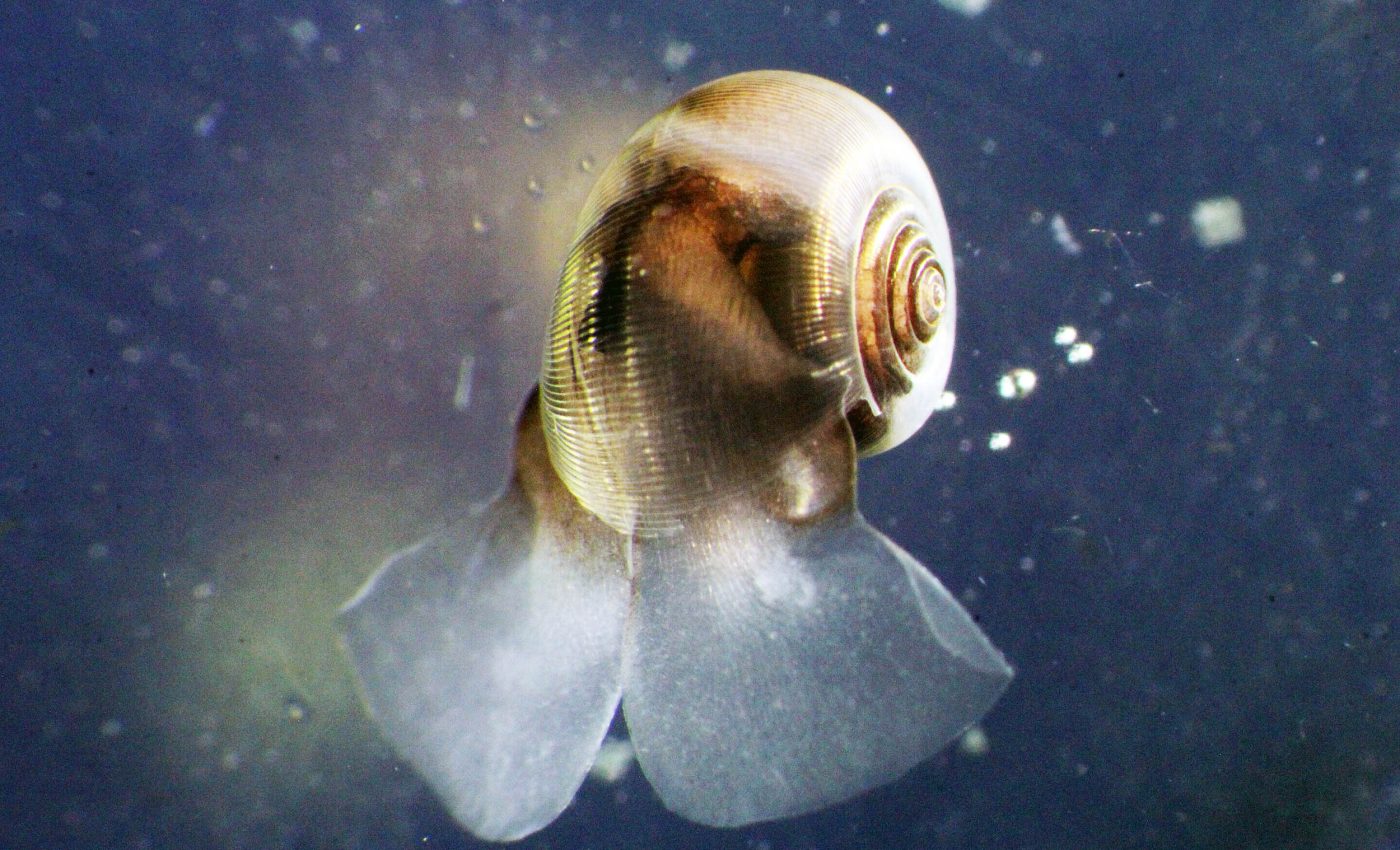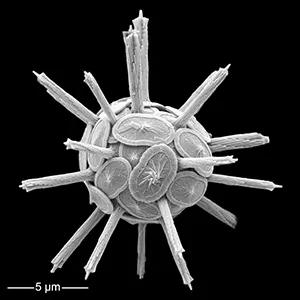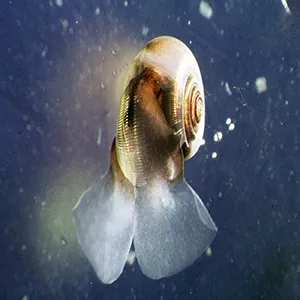
Tiny ocean shells play a huge role in regulating Earth’s climate
Marine organisms that build tiny calcium carbonate shells are quietly doing much more than we realized, they help regulate Earth’s climate.
Researchers found that the plankton-based shell builders known as calcifying plankton – including coccolithophores, foraminifers, and pteropods – are under-represented in current climate models.
This omission likely causes us to underestimate key mechanisms of the ocean’s carbon cycle and its responses to climate change.
Understanding the Earth system
The review was conducted by an international team from the Institute of Environmental Science and Technology at the Universitat Autònoma de Barcelona (ICTA-UAB).
The scientists argue that these organisms shape seawater chemistry and steer how carbon is moved from the atmosphere into the deep ocean.
Their unique functional traits, and how they vary among groups, matter for understanding how the Earth system works.
Tiny shells, massive climate role
The signature shell-builders in the ocean are organisms that precipitate calcium carbonate (CaCO₃). These calcifying plankton build minute shells out of minerals.
As they live, die, and sink, their shells influence ocean alkalinity, the transport of carbon into abyssal depths, and thus the global climate.
“Plankton shells are tiny, but together they shape the chemistry of our oceans and the climate of our planet,” said Patrizia Ziveri, lead author of the study.
The researchers warn that by leaving these species out of climate models, “we risk overlooking fundamental processes that determine how the Earth system responds to climate change.”

Climate blind spots in the ocean
Ordinary Earth System Models (such as those used in the Coupled Model Intercomparison Project) often simplify or omit the diverse group of calcifying plankton.
The experts noted that processes like shallow dissolution – where CaCO₃ dissolves near the surface rather than only in deep water – are under-represented.
Large portions of the shells never make it to the seabed. Instead, they dissolve in the upper ocean, changing local and global alkalinity and carbon cycling dynamics.
Omitting that “particle journey” from surface to deep – and the differences among plankton groups – may cause models to miss how much carbon is stored, how fast, and where.
Not all shell-builders are alike
Not all calcifying plankton are alike. The review points out that coccolithophores, foraminifers, and pteropods each have distinct traits. These traits affect their ecology, vulnerability, and how they influence the carbon cycle.
Coccolithophores are among the largest producers of CaCO₃ in the open ocean. However, they are particularly sensitive to acidification because they lack pumps that protect their internal acid-base balance.
Foraminifers and pteropods have mechanisms to regulate acidity, but they respond differently.
Pteropods rely on the more soluble aragonite form of CaCO₃ and are therefore more vulnerable to low-pH conditions. Foraminifers face risks from lower oxygen levels and warming as well.
By ignoring this diversity, climate modelers treat them as one generic “calcifier” group – losing nuance and potentially biasing predictions.
The unseen carbon highway
The review emphasizes that shallow dissolution, aggregation, predation, and microbial respiration actively alter how many shells sink and how much carbon is exported.
These dynamics control how much carbon leaves the surface ocean and how much returns to circulation or the deep sea. Without accounting for those processes, we may mis-estimate the ocean’s ability to absorb CO₂ or return it to the atmosphere.
The authors of the study call for urgent efforts to refine estimates of production, dissolution, and export of calcium carbonate by these different plankton groups.
That, in turn, would enable Earth System Models to project not just atmospheric carbon flows, but also to capture ocean-atmosphere feedbacks and interpret sediment records with greater accuracy.

Climate clues in ancient shells
There is a double payoff from this research. First, by integrating calcifying plankton dynamics into climate models, we gain sharper predictions of how the ocean will respond to warming, acidification, and other stressors.
Second, refining the biological side of the “carbon pump” helps re-interpret ancient sediment records. When we see layers of calcium carbonate, we may better decode past climates and plankton communities.
The review suggests these tiny organisms that built the fossil record now deserve attention for better future projections.
Turning research into models
To address the gaps, the experts propose multiple lines of work. Better quantification of group-specific production rates and export efficiencies is critical.
Laboratory and field studies need to capture how each group responds to warming, oxygen loss, acidification, and other climatic shifts.
Researchers must then translate those results into parameterizations for climate models. That would make biology a core component rather than a peripheral add-on.
“If we ignore the ocean’s smallest organisms, we might miss important climate dynamics,” Ziveri said.
She noted that integrating calcifying plankton into climate models “could offer sharper predictions and deeper insights into how ecosystems and societies may be affected.”
The ocean’s smallest voices matter
This review reminds us that climate systems are not just physics and chemistry – they include biology too. Even microscopic organisms can tilt large-scale systems.
The shells of plankton builders may seem insignificant, but collectively they steer alkalinity, carbon export, sedimentation, and climate feedbacks.
The urgency now is to fold their contributions into our models before we lean on incomplete assumptions.
Only by doing so can we hope to gauge how resilient or vulnerable our oceans are. By extension, this will show how our climate system will fare in the decades ahead.
The full review is published in the journal Science.
—–
Like what you read? Subscribe to our newsletter for engaging articles, exclusive content, and the latest updates.
Check us out on EarthSnap, a free app brought to you by Eric Ralls and Earth.com.
—–













